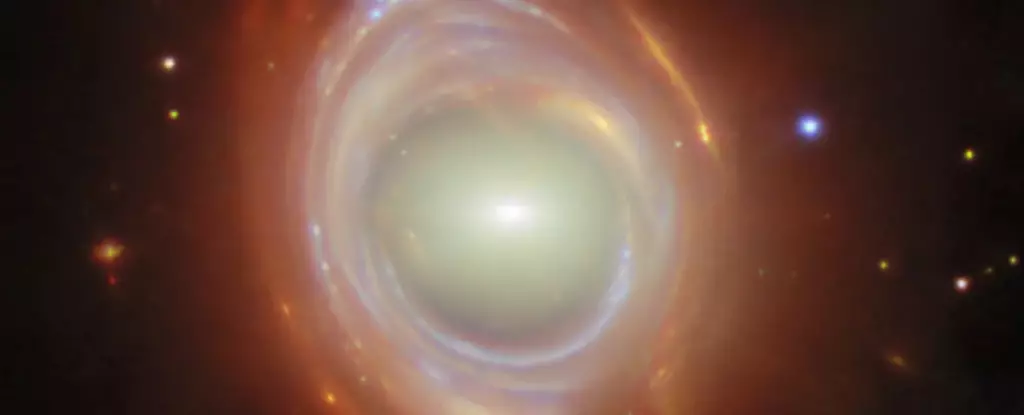Gravitational lensing is one of the most fascinating and visually captivating phenomena in the cosmos, born from the principles of general relativity. Albert Einstein’s theory revolutionized our understanding of gravity, revealing that massive objects can warp the fabric of space-time around them. This effect not only causes the bending of light from distant stars but also produces extraordinary cosmic spectacles that can fuel our imagination and deepen our appreciation for the universe.
The first observational confirmation of gravitational deflection of light came during a total solar eclipse in 1919 when astronomers noted the apparent shift in the positions of stars near the sun. However, gravitational lensing extends far beyond a simple optical illusion. It enables us to peer into the far reaches of the universe, providing invaluable insights into the distribution of dark matter and the evolution of galaxies through time.
The Artistry of the Universe
When two galaxies align perfectly from our viewpoint, we witness an astonishing phenomenon known as an Einstein Ring. Named after Einstein himself, this stunning cosmic structure occurs when the light from a far-off galaxy is perfectly magnified and distorted by the gravitational well of a closer galaxy. These rings aren’t just sources of scientific data; they represent the intersection of science and art. Their intricate patterns are awe-inspiring reminders of the universe’s playful yet structured nature.
Modern telescopes, such as the James Webb Space Telescope (JWST), have transformed our ability to observe these rings. While Einstein himself expressed skepticism about our chance of directly observing such phenomena, the power of contemporary imaging technology has far exceeded his expectations. Recently, the JWST unveiled a beautifully aligned Einstein Ring, capturing a distant spiral galaxy nestled elegantly behind a massive elliptical galaxy in the SMACS J0028.2-7537 cluster. This discovery serves as a testament to human ingenuity, showcasing how far we’ve advanced from the theoretical sketches and equations of the early 20th century.
A Paradigm Shift in Cosmic Observations
The implications of gravitational lensing extend beyond pretty images; they have far-reaching consequences for cosmology and our understanding of the universe’s structure. By studying lensed light, astronomers can glean information about the mass and composition of the lensing galaxy, revealing the elusive nature of dark matter and its intricate web throughout the universe. This phenomenon not only showcases the complexities of celestial mechanics but also demonstrates our ever-evolving relationship with the cosmos.
Yet, it isn’t just the scientific implications that ignite wonder; it’s also the notion that beauty varies depending on our perspective. Observers positioned in different galaxies would not share our view of these magnificent rings, evoking the philosophical contemplation that beauty is deeply intertwined with the observer’s location. In this light, concepts of art in the universe emerge, demonstrating how our unique position in space and time determines what we find beautiful and significant.
In a universe filled with mysteries, gravitational lensing is a profound reminder of the spectacular dance of light and gravity, inviting us to imagine, explore, and uncover the vastness beyond our skies.

